Hello sweet friends. Over the years I have lived in upstate New York near the Canadian border, Ramstein, Germany, and Northpole, Alaska (near Fairbanks). I am well familiar with cold climate living. Here are some Victorian Tips For Staying Warm In The Winter.
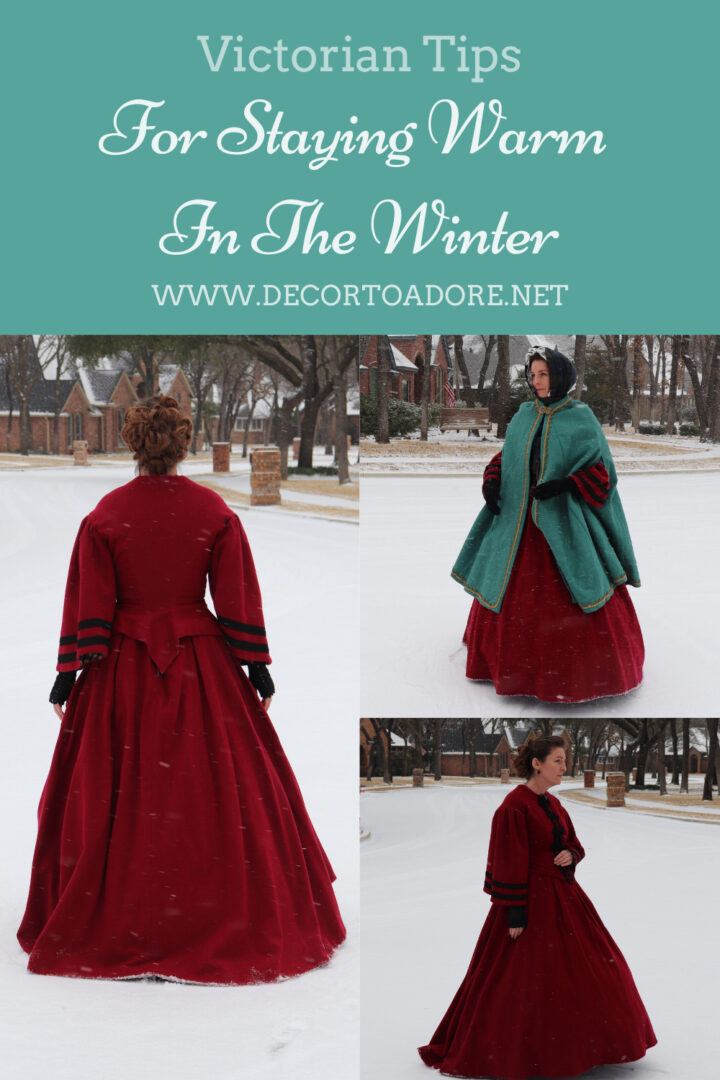
Victorian Tips For Staying Warm In The Winter
Layering clothing is the key.
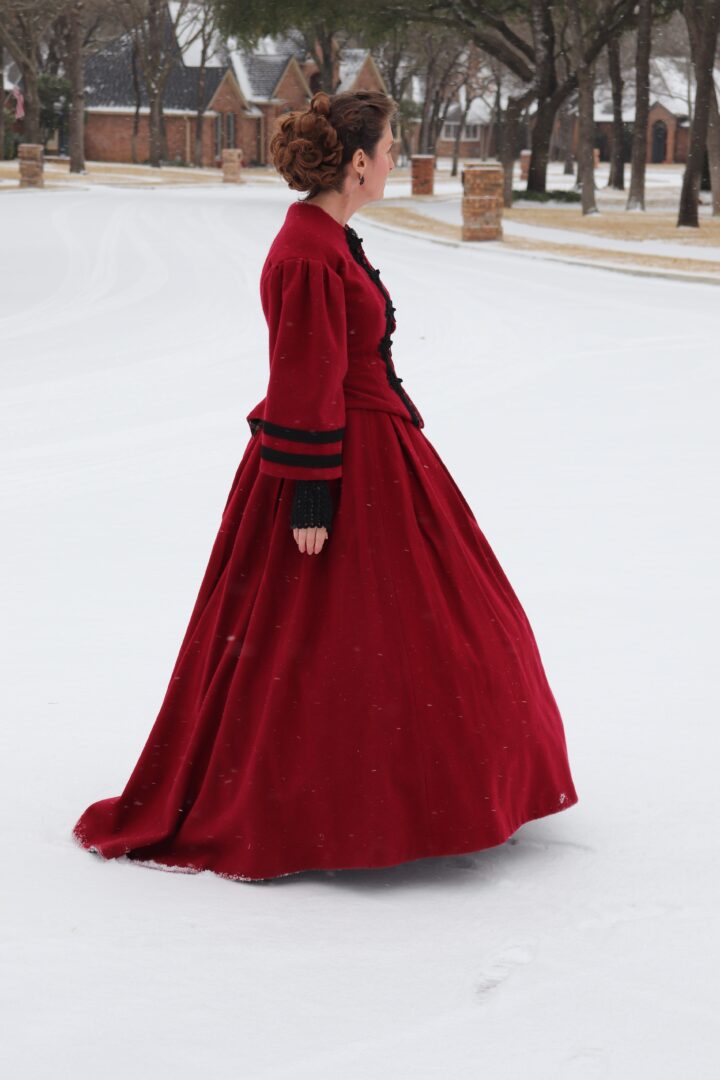
Many people not used to the cold do not consider this. In our modern world, people often wear minimal layers and just raise the thermostat. This is not an option in many areas right now.
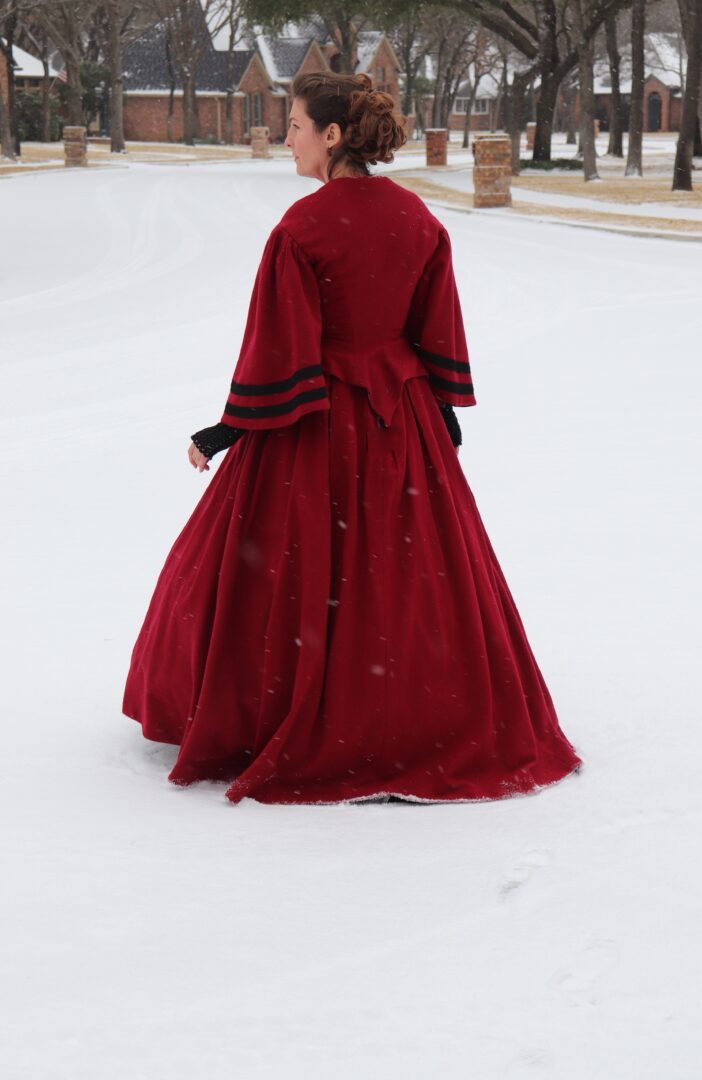
For Indoor Wear
- Begin with a closet fitting layer such as long johns or thermal underwear. Close-fitting, long-sleeved shirts in cotton, camisoles, undershirts as well as tights and pantyhose, also work in a pinch. Men, do not be shy about wearing such garments. They will keep you warm.
- Next, add a buttoned or easy-fitting shirt to the upper body.
- For the bottom portion of the body, you may find that sweats and twill pants will keep you much warmer than jeans.
- Long skirts are great too. Consider layering skirts if you do not have petticoats or slips.
- Layer your socks and wear house shoes/slippers.
- Don’t forget a knitted cap or beanie. In a pinch wrap a scarf or bandana over your head.
- If you are doing simple tasks wear mittens or gloves. Yes, indoors! Need more dexterity? wear mitts!

TIP: If you don’t have any mitts consider cutting the fingers off an old pair of gloves with holes. My mitts allow me to text, type, write, sew, cook, and more.
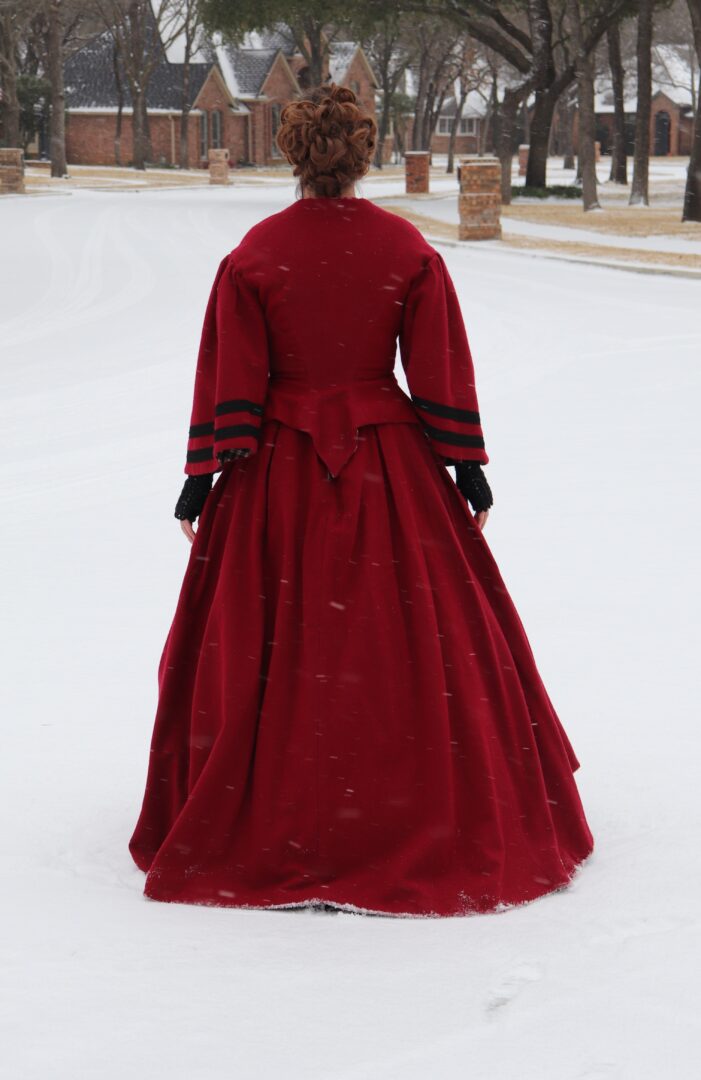
Outdoor Gear
Top the garments you are already wearing with additional layers that will protect you from the elements.
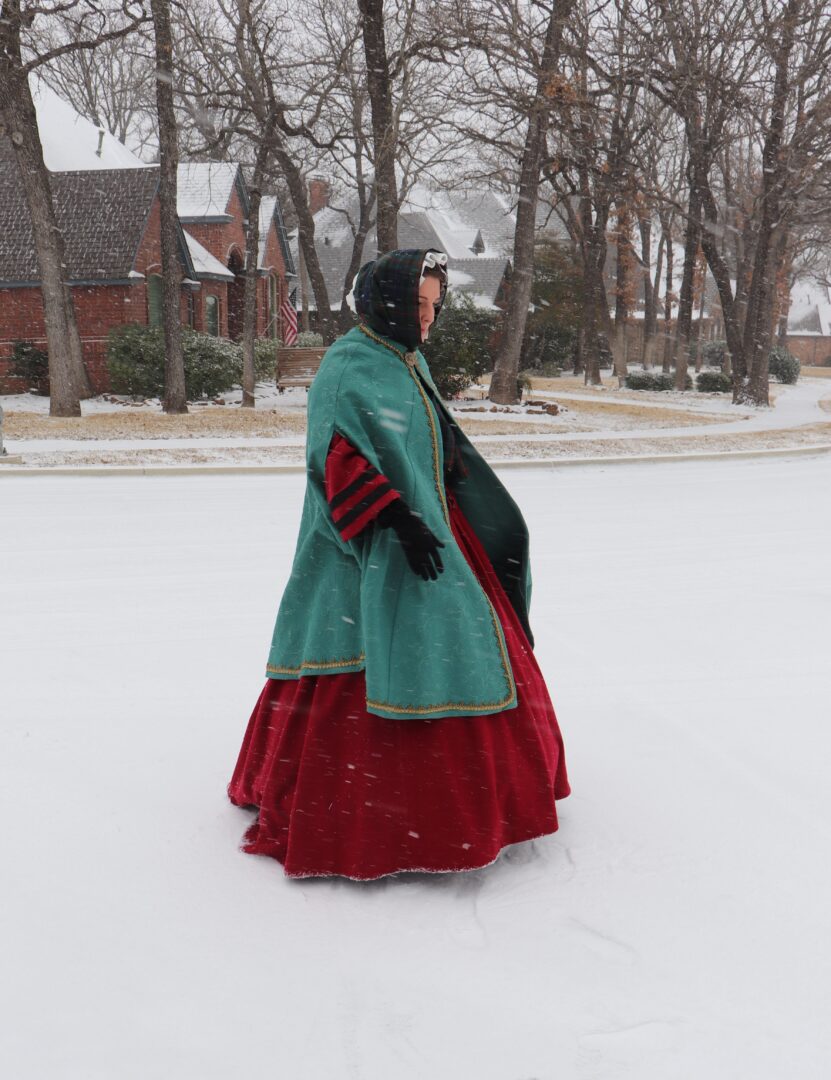
What To Add
- Coat (water /snow resistant if possible)
- Hat
- Scarf (wrap to cover the ears and face.)
- Gloves
- Shoes/boots
TIP: if you have to walk a great distance and do not have water-resistant shoes you can put on a sock, slide your foot into a small plastic grocery bag and add another sock (if there is room) before putting on your shoes.
In the Victorian Era hot baked potatoes were placed inside coat pockets for use as hand warmers.
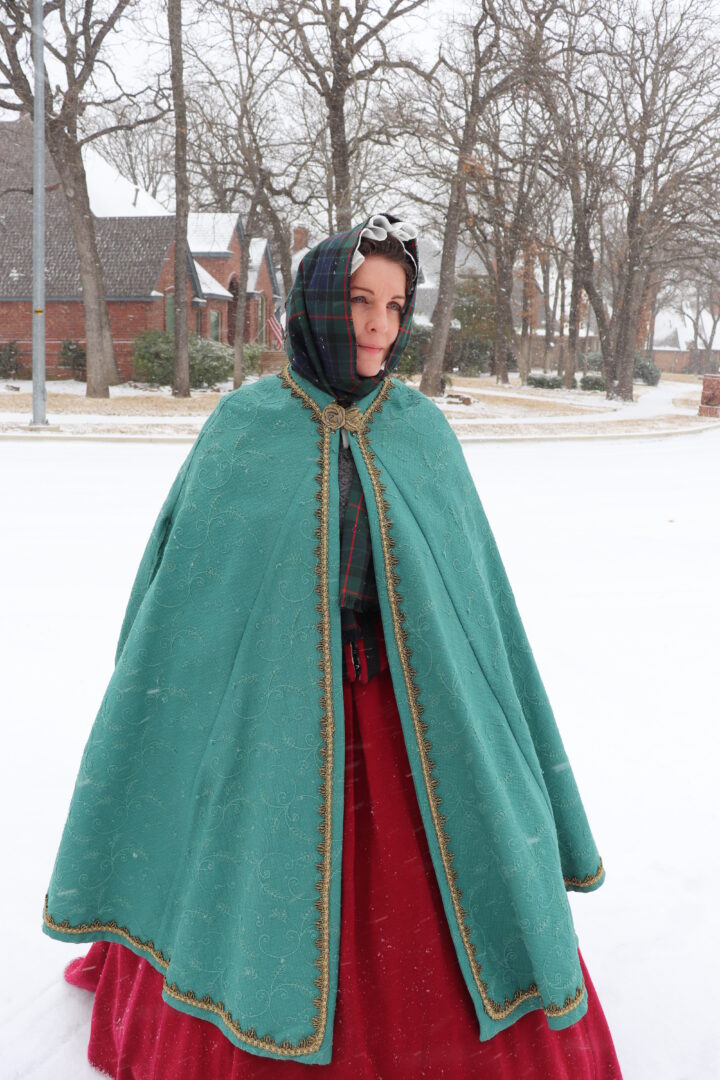
For The Home
As many of you know, the southern United States is currently being bombarded with large amounts of snow, freezing temperatures, and dangerous black ice. This is very unusual and many of the residents are unsure how to deal with the cold.
Here in Texas, the demand for power is currently so great that we are experiencing rolling blackouts (systematic, temporary power outages that help bring balance to the supply and demand of electricity). Generally, the power is on for one hour, then off for one hour.
Get Ready:
Victorian
Gather your candles, matches, blankets, hot water bottles, mittens, and hats in a place that they are easy to access.
Modern
Collect your batteries, flashlights, radios, and heating pads.
Plug in your devices when the power is up to see you through the outages.
Stock up
Make sure your pantry is stocked with dry and canned goods. Particularly foods that you can eat right out of the can since you may not have the means to cook anything.
Try to have one gallon of water, per person, on hand for each day.
If the water treatment plant loses power:
- Boiling is the safest method of treating water to ensure it is drinkable. In a large pot or kettle, bring water to a rolling boil for two full minutes, keeping in mind that some water will evaporate. Let the water cool before drinking.
- Boiled water will taste better if you put oxygen back into it by pouring the water back and forth between two clean containers. This also will improve the taste of stored water.
- Fill buckets with snow that can melt to flush toilets.
To minimize drafts:
- Close your blinds and drapes.
- Roll up towels and place them along the bottom of doors. Particularly those that lead to outside.
To combat freezing pipes:
- On exterior faucets remove any hoses. Then make sure the faucets are covered. You can buy covers or simply wrap them several times with a flannel shirt, etc.
- Have one faucet that you set to dripping or a small continuous flow. If you have a two-story home you will want to do this both upstairs and downstairs.
- Open the cabinet doors that contain plumbing so that warm air can circulate around the pipes.

Ice-Free Drive and Walkways
- Bundle up and shovel, rake or sweep off as much of the snow from your drive and walkways. This will help them from becoming icy, but it is not 100%. Take care when walking.
- Perhaps consider also doing this for your silver neighbors who can’t take the cold as well and want to avoid breaking a hip.
- Many people use rock salt to melt the ice. It is better for the environment to use kitty litter to create a surface with traction.
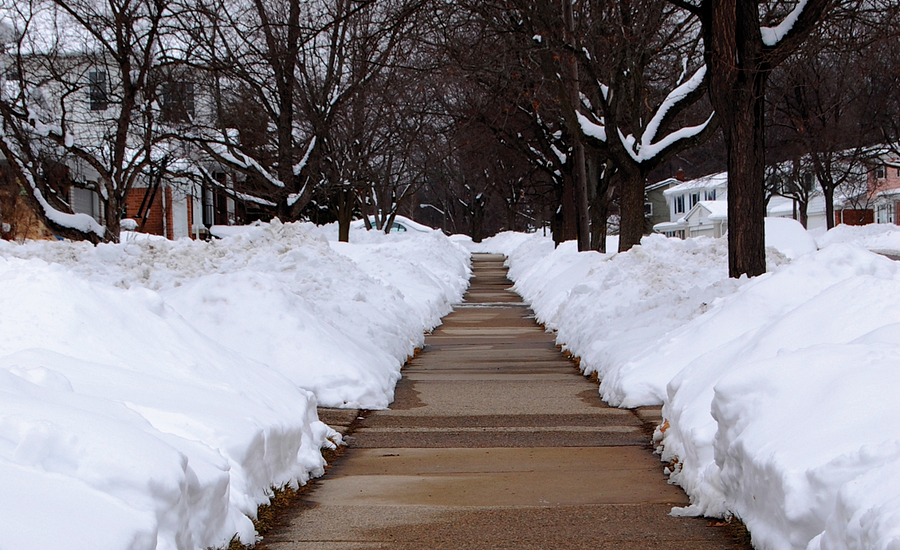
Modern: For The Car
During such conditions, it is best to stay at home. If you cannot, here are some tips.
Drive well under the speed limit. My friends the horrible 133 car pile-up was just 10 minutes from my home. While ice played a factor in this tragedy, speed did as well.
- Fill the car up with gas as you may encounter traffic that moves much slower and requires more fuel.
- Make sure the car has anti-freeze to avoid cracking your radiator.
- Also, top off the windshield wiper fluid as your windows may become grimy from the snow and sleet.
- Make sure your wipers are in good repair.
- Look to see that the tires are not bald.
- Keep water, a flashlight, blanket, and snacks inside the car in case you become stranded and must wait for help.
- If the car exhaust is blocked/covered in snow you MUST turn the car off to avoid carbon monoxide poisoning.
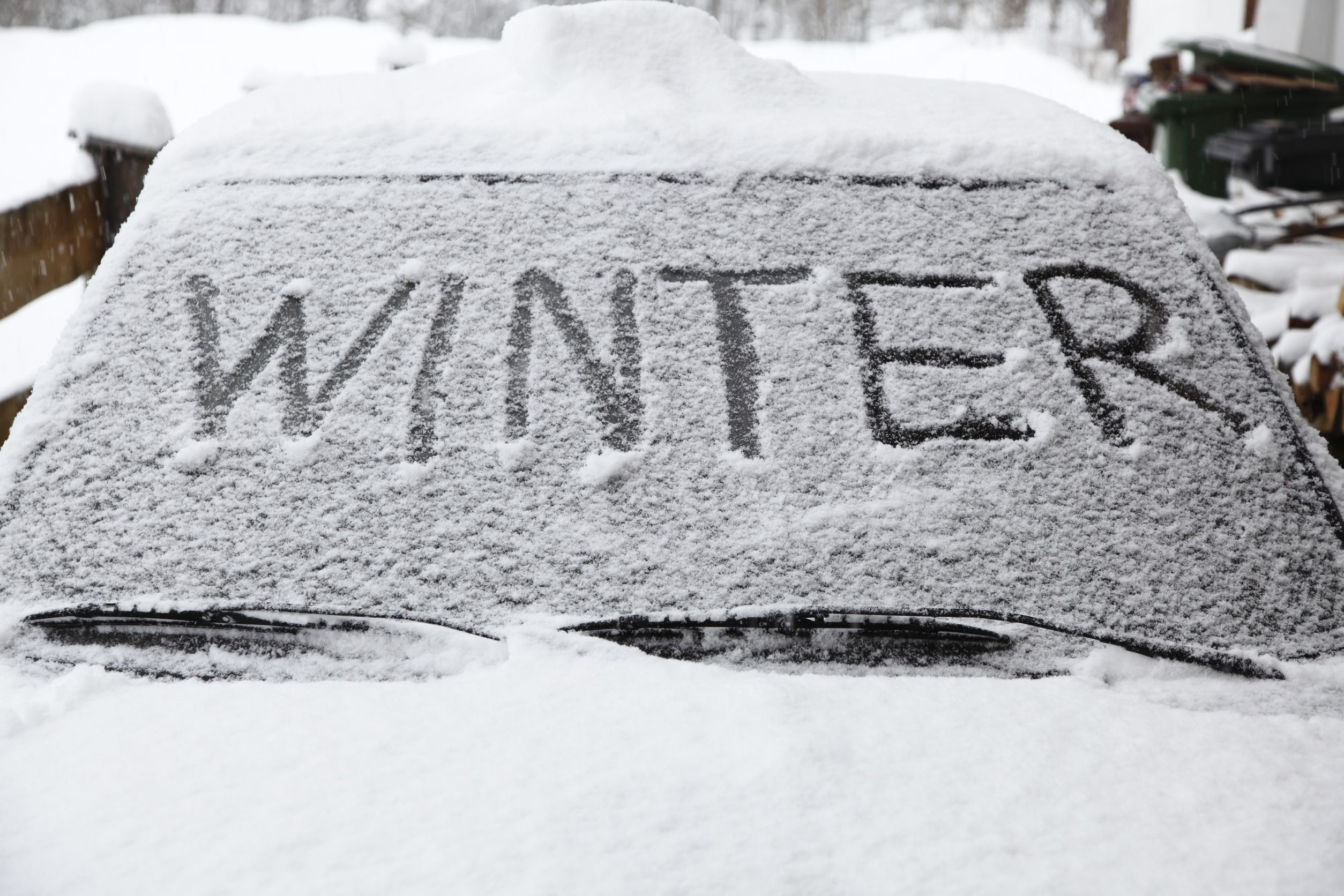
Remember Your Furry Friends
Please provide shelter or a covering for outdoor living animals.
It is important to provide food and water as their natural response to the cold (shivering) will burn more calories.
Please take great care to watch closely if you provide a heat source, such as portable heaters and heat lamps. There are many accounts of fires starting due to animals accidentally knocking heat sources over.
Interior living animals, such as dogs and cats, may not want to go outside.
- If they are not pad trained it may help to place them in an area with a hard surface (tile/wood) and lay a few towels down.
- While you can minimize water intake please be kind and do not withhold it.
- Keep in mind that paws can get frostbitten very quickly. A good rule of thumb is to ask yourself “Would I go barefoot on this surface?”
- If salted walkways are walked on, rinse and dry your pet’s feet off when they come back inside. Salt can burn the skin and it is not good for pets to ingest it by licking.
- If your animal is stubborn and won’t wear a sweater (cough, Gracie, cough) wrap them up like burritos to stay warm.

This Week’s Video
I share what the Victorian’s wore to stay warm in this week’s video.
I hope you have found Victorian Tips For Staying Warm In The Winter helpful. Please feel free to leave more ideas in the comments below.
This will probably be my only post/video this week due to electrical shortages, water issues, and more due to the winter storms.
Stay warm my friends!
Laura



Great tips for sure. Your Victorian frock etc. looks wonderful in the snow!
I heard this advice. for southerners and northerners after a snow storm.
Southerners stay home and do not attempt to drive anywhere.
Northerners put on your coat.
Hope the rolling blackouts are kind to you!
Thank you!!!
It’s always tgood to be reminded of these tips! We also fill up the bathtub with water to use in flushing the toilet. Which was a good thing because our pipes froze last night! Sooo ready for Spring!
Great tips! I didn’t know about the potatoes as a hand warmer!
One more tip from a former northerner. When dripping the water make sure to have at least one dripping hot from the hot tap and one from the cold tap. Or try to set up where it’s a mix of both. Leave the cabinet door open so it can get whatever warmth from the house. If you can consider wrapping pipes facing the external pipes with towels.
Towels at the bottoms of windows and if they are double sashed, on the middle sash will also help block drafts. Pull shades and curtains at night to block cold.
Move mattresses to a central area and camp out together!
Look up “wine box oven” and use aluminum foil, a cardboard box, and charcoal to bake and toast food. Do not use inside.
If you must use candles, make sure no curtains are where they can blow near the flame. Place candles in glass jars or vases.
Laura, I’ve been concerned about you and my other Texas friends. I’m pleased to see you post (that means you must have power because I doubt you’d be using up battery for a blog post!) — and this one is especially informative. Even living in the north there are a few things here I learned! More than a few!
I hope you do have warmth and heat and water and are prepared. And I adored your most recent video! That gown is a stunner, too!
You look marvelous in your beautiful outfit in the snow. Although I’m sure you would rather not have the snow and ice! Lots of good tips here. Here in the Midwest we have experienced our share of winter storms and all these ideas have been utilized at one time or another. I am very careful about how much time my Chihuahuas spend outdoors doing their business. They will use a puppy pad so that is helpful when it is bitterly cold. Snow blew into part of the chicken run and the girls would not walk in the snow, even tho their water was there. The Urban Farmer said that yesterday they finally decided that a little snow was not going to kill them so they are drinking water again, which is necessary for them. Crazy chickens! Praying for Texas!